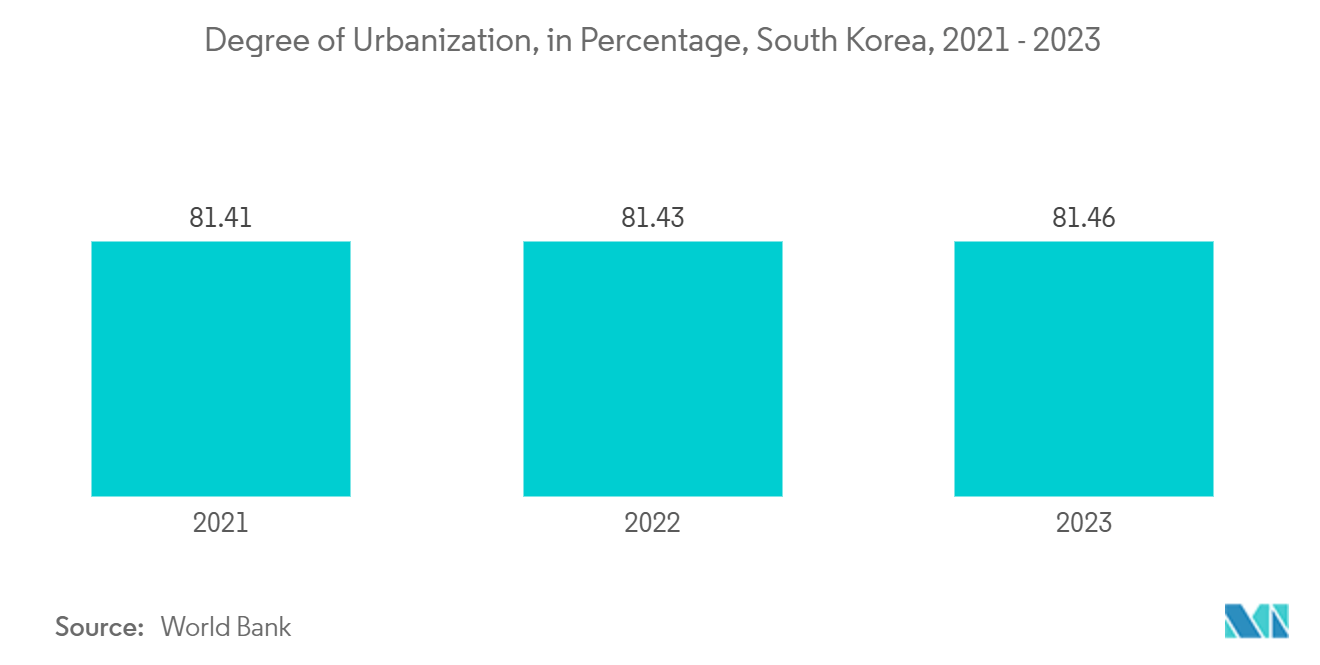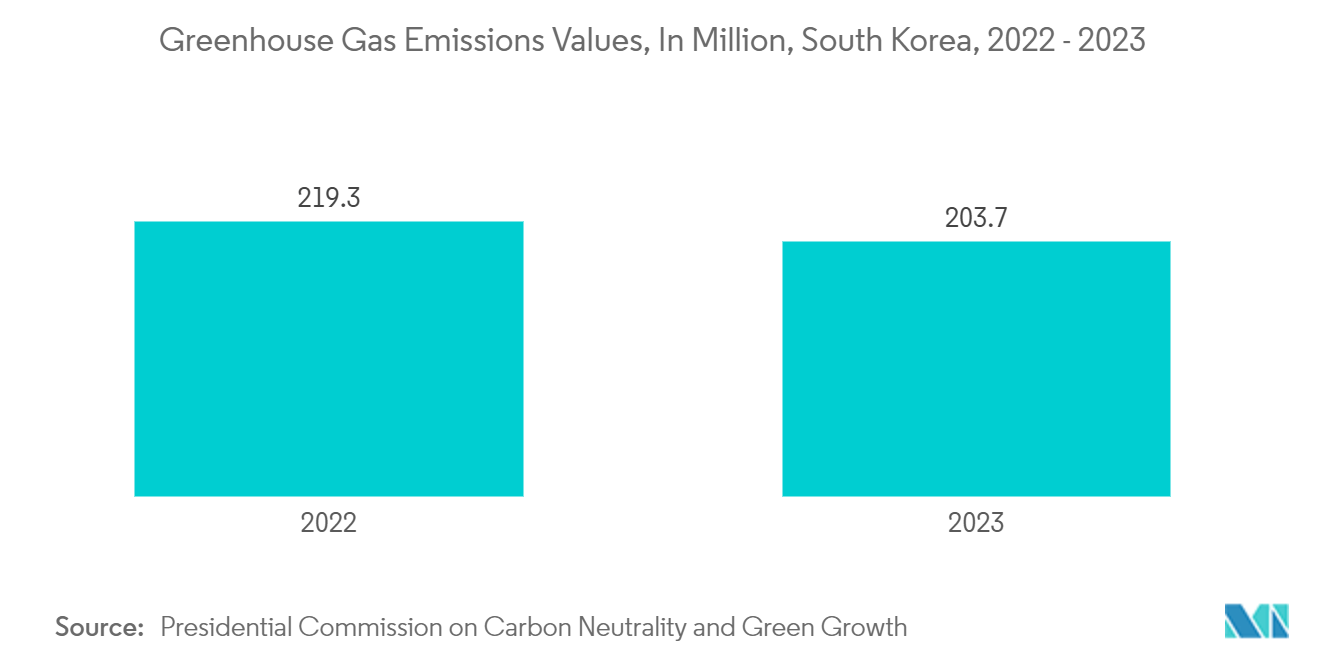Market Trends of South Korea Smart Home Industry
Surge in Smart Appliance Adoption Propels Smart Home Services in South Korea
- The South Korean government is cultivating an innovation ecosystem, emphasizing government, industry, and academic collaboration. Leading this charge is the adoption of Internet of Things (IoT) technology for home management. Smart kitchen appliances are evolving, boasting features from energy efficiency to Wi-Fi capabilities. For instance, modern smart microwaves can scan food barcodes, fetch cooking instructions, and seamlessly integrate with AI voice assistants for a hands-free experience.
- In August 2023, the South Korean government unveiled the Intelligent Home (Vestal) initiative, collaborating with key industry players. This venture aims to embed smart technologies in apartment buildings, elevating residential living standards. Vestal certification will bolster the branding and acceptance of these smart homes. Spanning from appliance manufacturing to AI integration, the initiative envisions a unified global standard for home appliances, offering AI-driven personalized services.
- In May 2023, Korea Land and Housing Company (KLS) and the Information Technology Consortium (ITC) unveiled a Smart Home Platform that employs an open Internet Protocol framework, leveraging IoT and cloud computing for appliance management, aiming to enhance living experiences. Utilizing cloud technology, the framework facilitates three primary connections: device-to-device, device-to-cloud, and inter-cloud communication. It guarantees secure device communication over networks like Wi-Fi and permits connections such as Bluetooth via proxies. This cloud linkage enables enhanced control of home appliances.
- Further, as part of the development, each home will feature an IoT smart hub dashboard capable of analyzing big data and managing 15 device types through the Smart Home app. These panels, sensitive to dust and carbon dioxide, began trials in 5,000 homes, with ambitions to expand to 228,000 by 2024.
- Furthermore, the degree of urbanization in South Korea is also boosting the adoption of smart home appliances. Overall, South Korean vendors emphasize smart living and kitchen appliances, connected devices for air purification, and solutions for clean floors. These innovations promise enhanced convenience, superior performance, and a sustainable lifestyle, driving market growth.

Comfort and Lighting to Witness Significant Growth
- With growing concerns regarding targets of reducing carbon emissions, many property owners are embracing sustainability by transitioning to LED lighting in their residential communities. With extensive lighting networks that operate 24/7, these properties are finding significant energy savings by switching to smart LED solutions for homes. Consequently, renters and homeowners are following suit, opting for a diverse range of smart LED options for their interior lighting.
- Smart lighting systems swiftly overtake traditional lighting solutions due to their cost-effectiveness, sustainability, and reduced power consumption. These systems, controlled via smartphone applications, simplify user interaction. Installing smart lighting in homes serves as a foundational step in smart home development. In South Korea, there's a notable surge in the adoption of connected smart lighting, window and door sensors, shading devices, and garage door controls.
- According to the Central Intelligence Agency (CIA), as of 2023, 81.5% of South Korea's population resides in urban areas. Major urban centers include Seoul, Busan, Incheon, Daegu, Daejeon, and Gwangju. The World Bank projects that by 2050, nearly 70% of the global population will inhabit cities, equating to an additional 2.3 billion people. This urban growth underscores the rising demand for smart cities, affordable housing, and smart infrastructures.
- In September 2024, LG Electronics Inc. (LG), South Korea's consumer and home electronics company, launched a comprehensive range of AI-based home solutions catering to diverse needs and lifestyles. The LG ThinQ ON, an advanced AI home hub, offers comfort and convenience tailored to individual preferences. It learns about users' routines and behaviors and crafts a personalized spatial experience, enhancing everyday life.


